The Chikungunya virus was first recognized and isolated in southern Tanzania
In 1952, the Chikungunya virus (CHIKV) was first recognized and isolated from Makonde Plateau in southern Tanzania. Chikungunya…
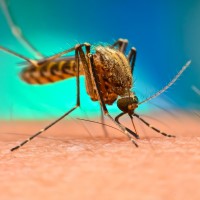
In 1952, the Chikungunya virus (CHIKV) was first recognized and isolated from Makonde Plateau in southern Tanzania. Chikungunya…
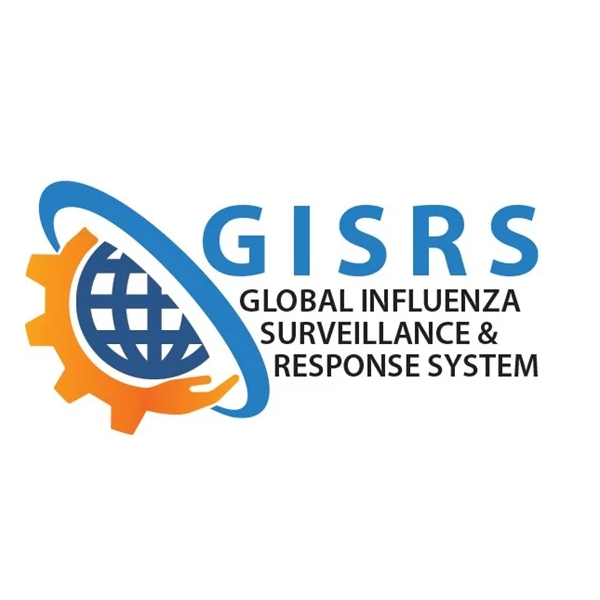
In 1952, the Global Influenza Surveillance and Response System (GISRS) was created by World Health Organization (WHO) to…

In 1952, Dr. Jonas Salk and his team found monkey kidney tissue to be the most fertile environment…
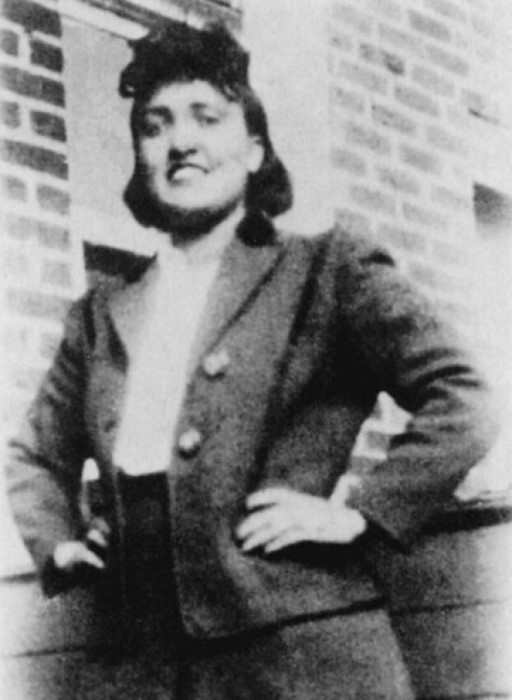
On Feb. 8, 1951, Henrietta Lacks, a tobacco farmer from Virginia died from cervical cancer, and a scientist…
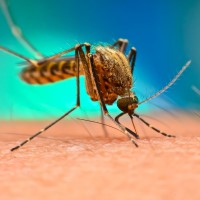
In 1947, the Zika virus was first discovered during research supported by the Rockefeller Foundation to study the…
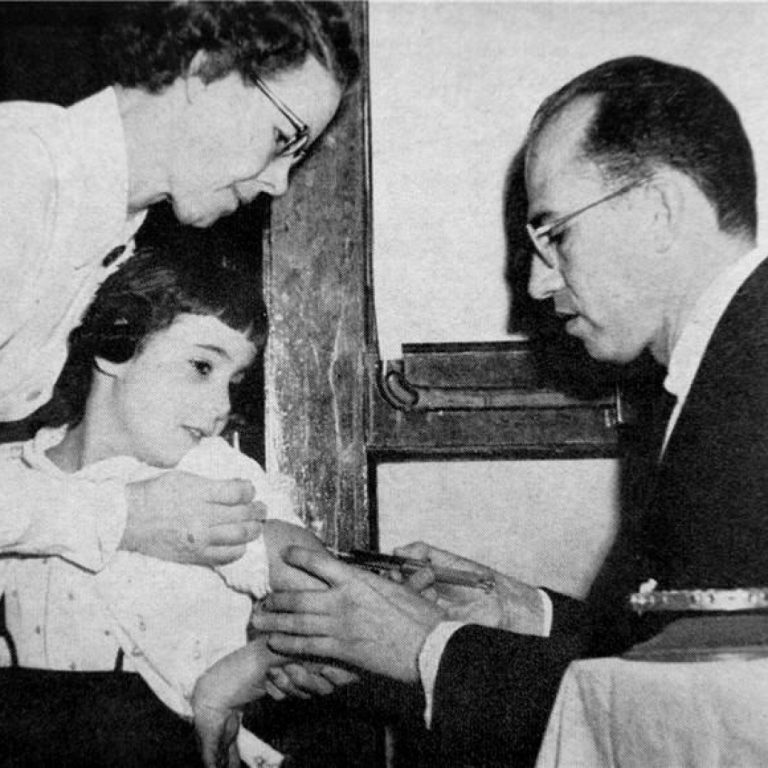
In 1947, Dr. Jonas Salk was recruited from the University of Michigan by Dr. William S. McEllroy, dean…
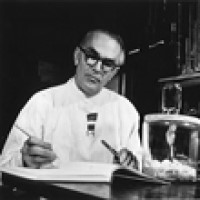
In 1945, Karl Habel cultivated mumps virus in embryonated eggs and devised serological tests for its presence. Habel…
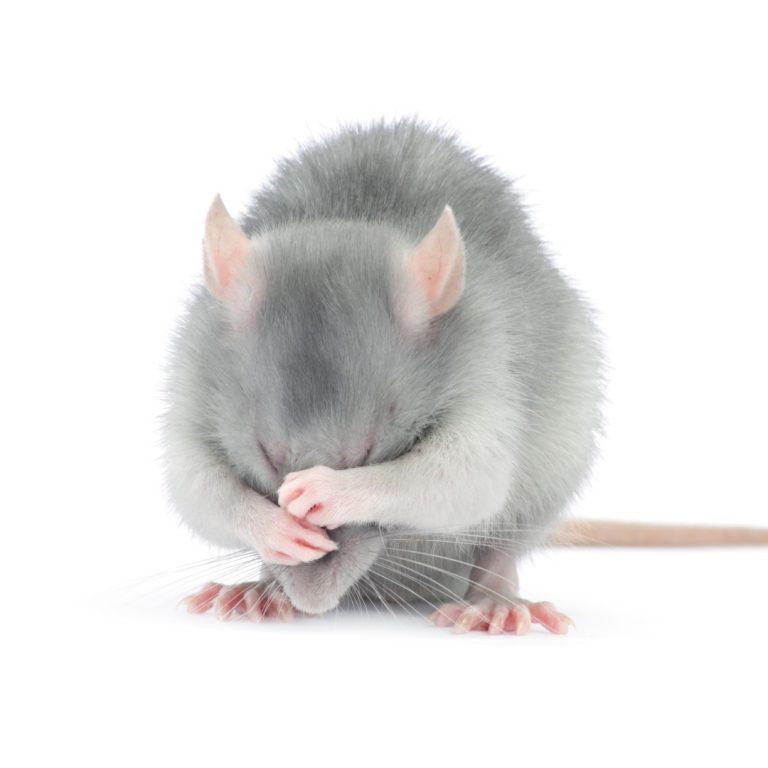
In 1945, W. Ray Bryan, Michael B. Shimkin, Howard B. Andervont, Herbert Kahler and Thelma B. Dunn published…
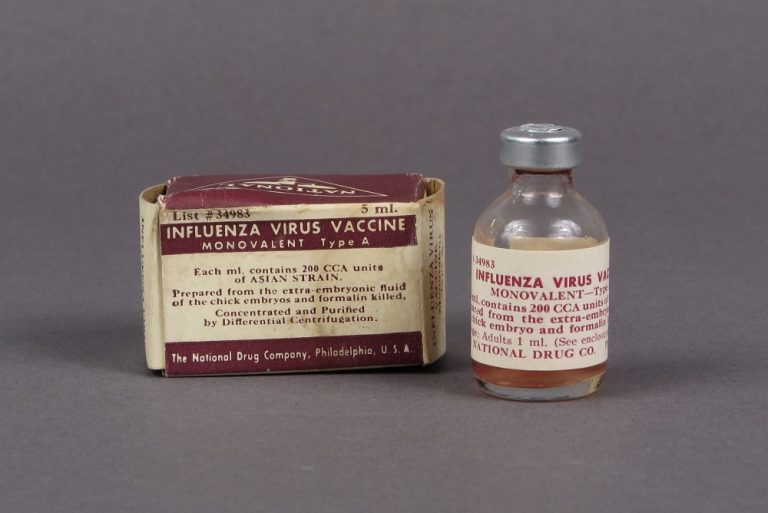
In 1945, the inactivated influenza vaccine was first licensed in the U.S. The first vaccine was an inactivated,…
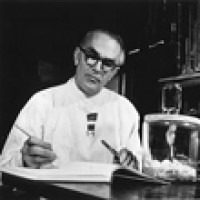
In 1945, Karl Habel and John Enders isolated the mumps virus. Habel and Enders had successfully cultivated the…
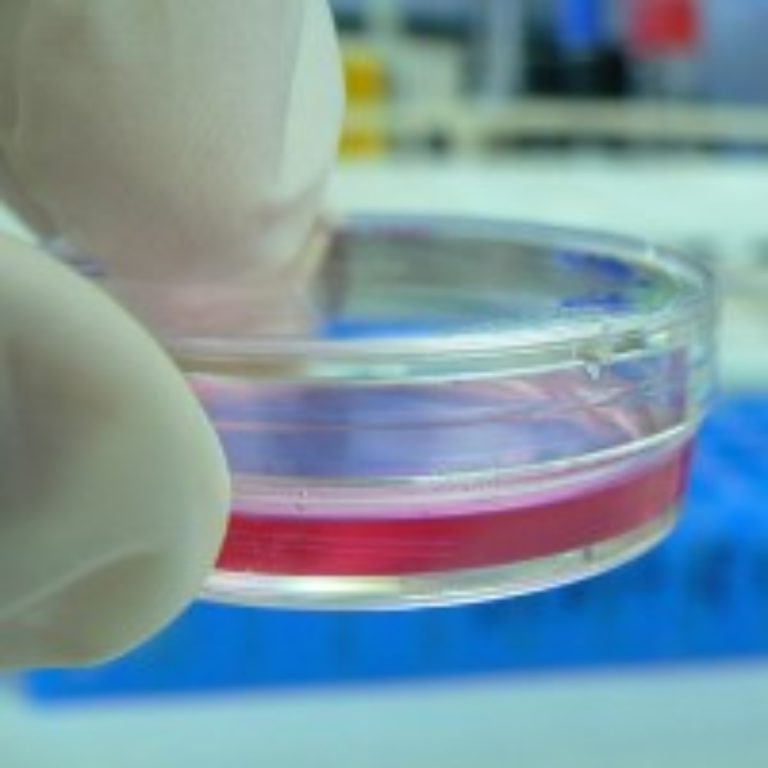
In 1944, the use of cell cultures for virus growth was discovered. This allowed viruses to be cultured…
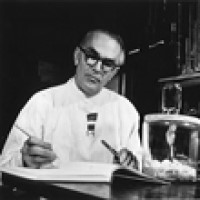
On Jul. 31, 1942, Karl Habel published “Transmission of Rubella to Macacus mulatta Monkeys” in Public Health Reports….
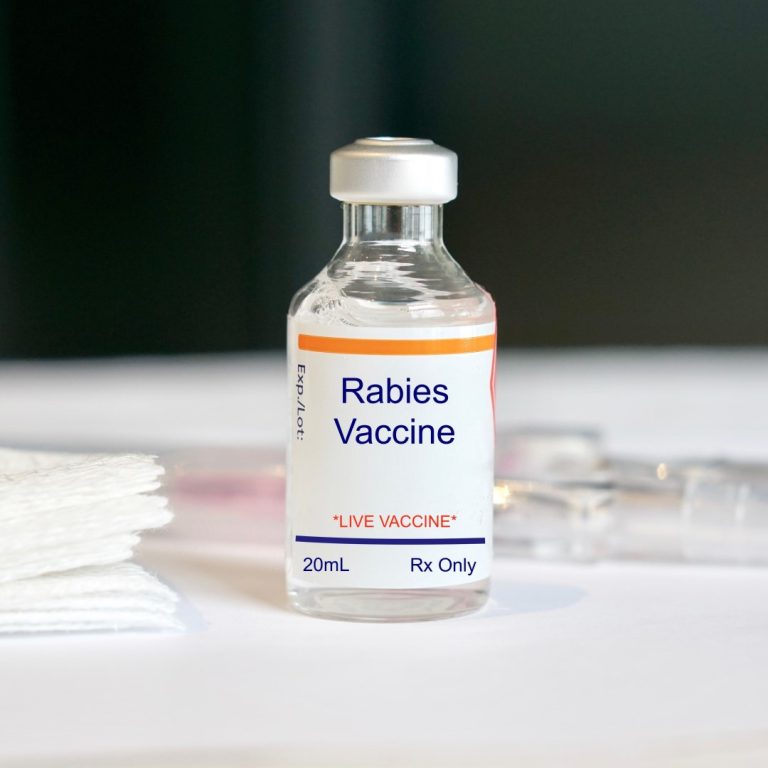
On Sept. 6, 1940, Karl Habel produced an improved, killed rabies vaccine that eliminated foreign brain tissue that…
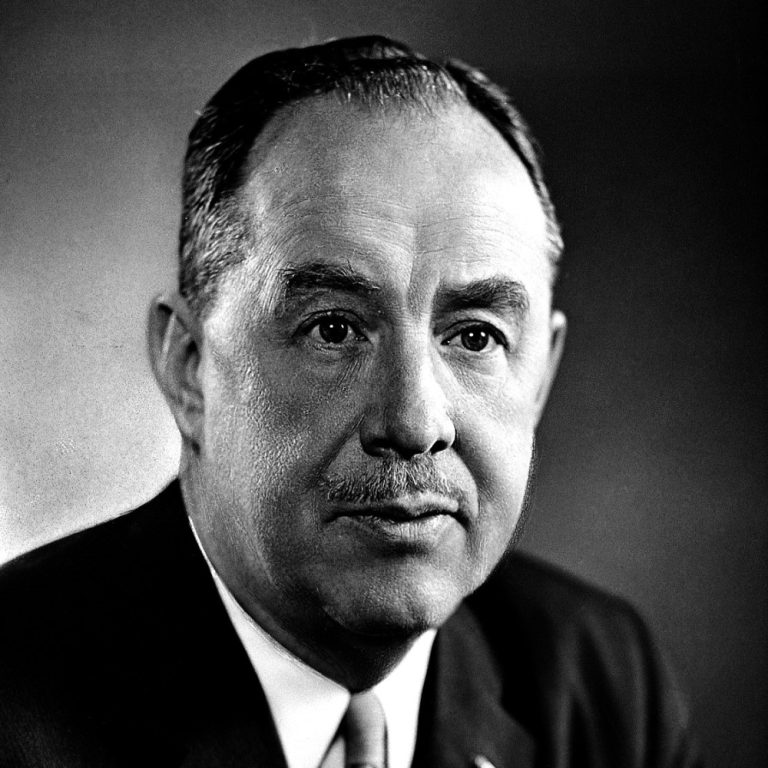
In 1938, Thomas Francis, Jr., MD and Jonas Salk, MD served as lead researchers at the University of…
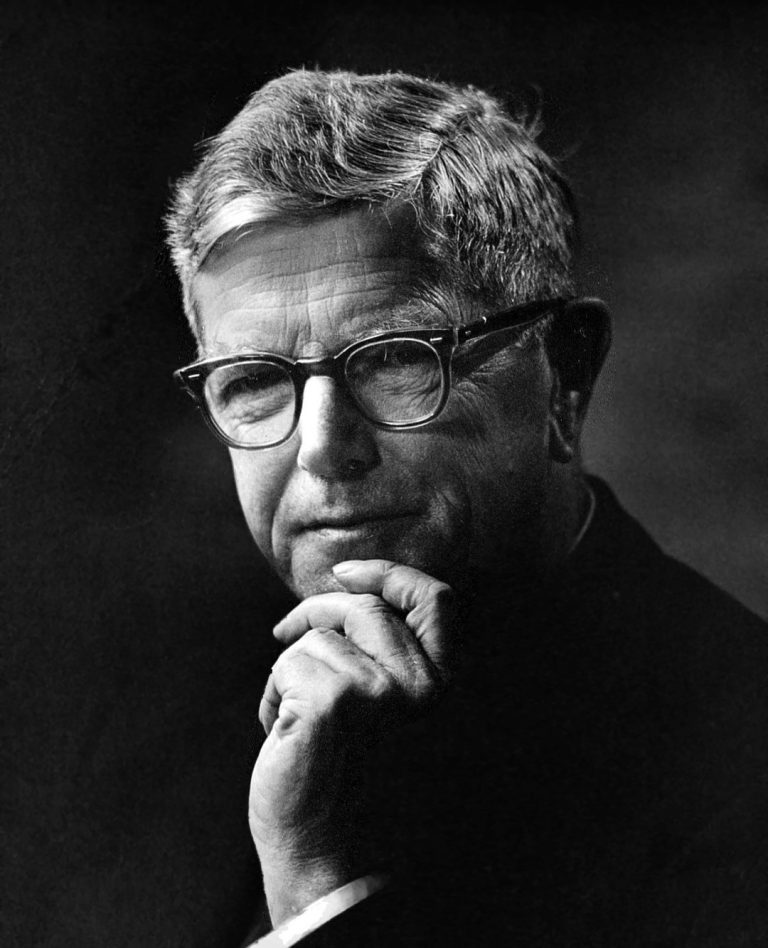
In 1936, Sir Macfarlane Burnet discovered that influenza virus could be grown in embryonated hens’ eggs. This led…

On Jul. 8, 1933, Christopher Andrewes, Laidlaw and W Smith from the Medical Research Council (MRC) reported that…
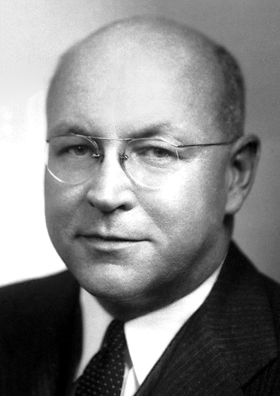
In 1933, Wendell Stanley purified a sample of tobacco mosaic virus (TMV) and finds crystals. This suggested, contrary…
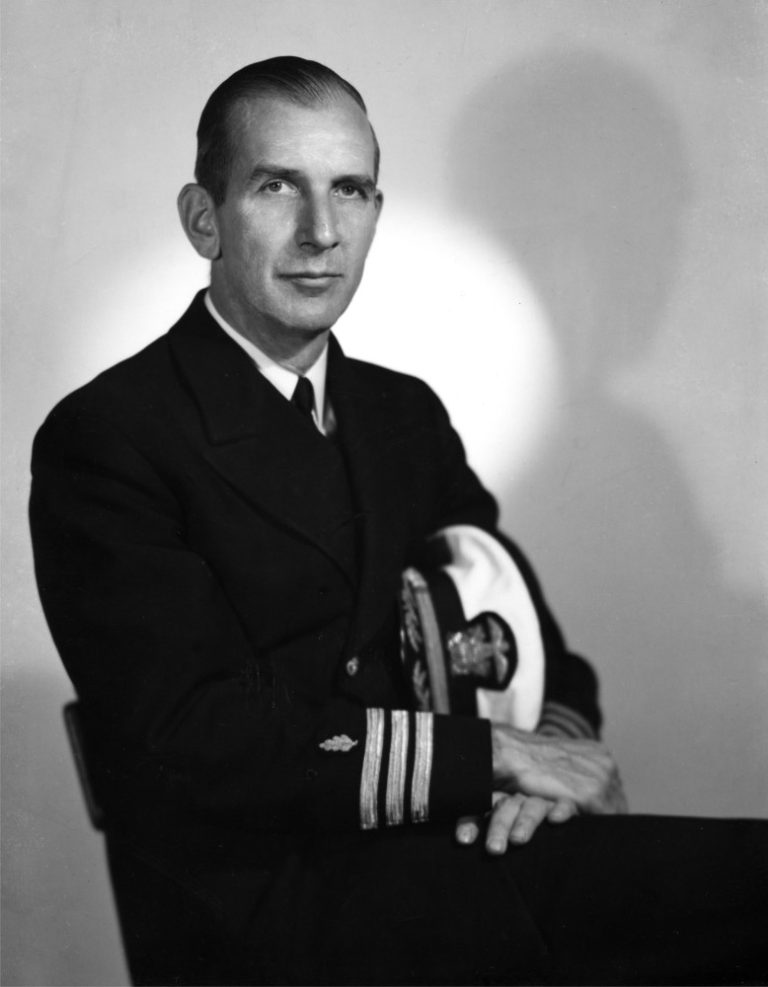
In 1931, Rockefeller Institute investigator Richard Shope published the first of three landmark papers that established the etiology…
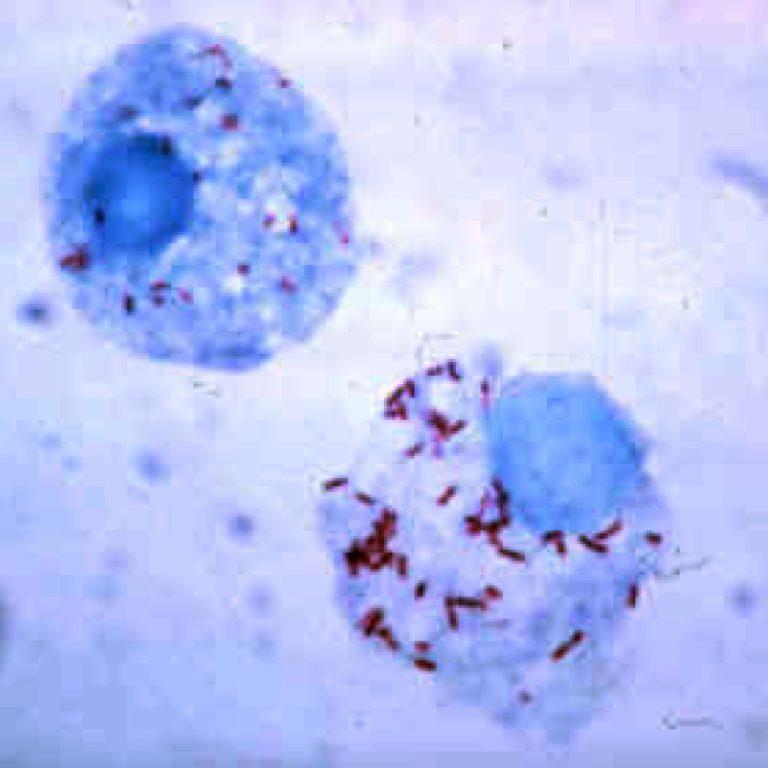
In 1930, Ralph Lillie demonstrated that the cause of psittacosis was a rickettsia-like organism (later placed in the…
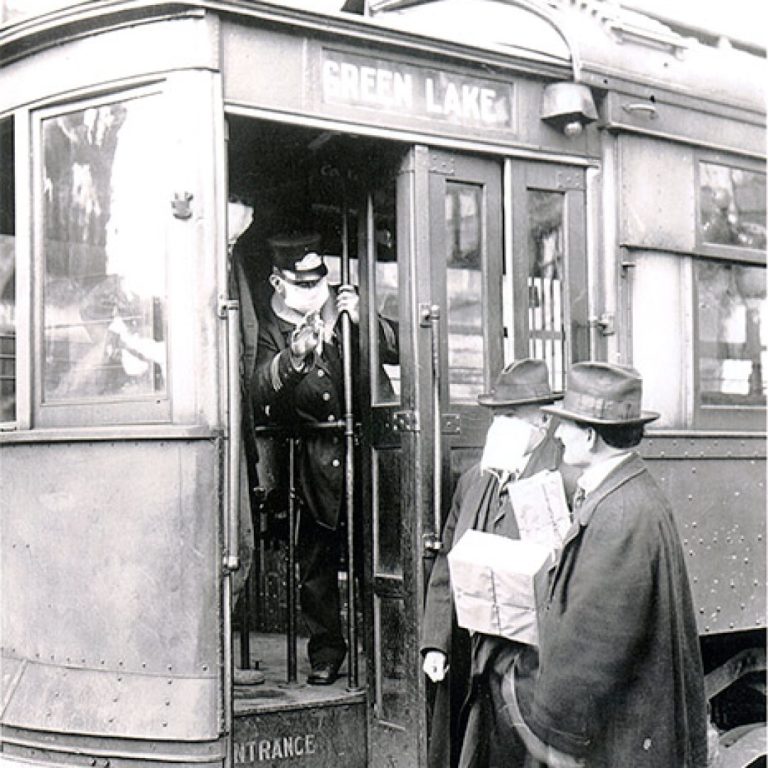
On Oct. 3, 1918, the Spanish Flu reached the state of Washington when Seattle newspapers reported that one…
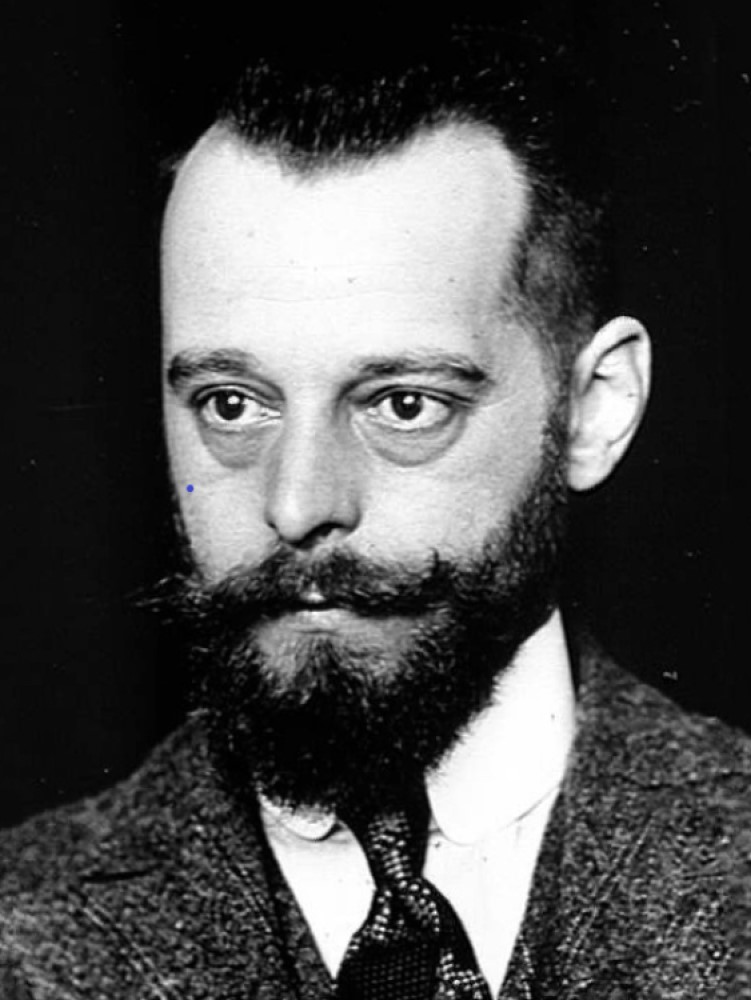
In 1916, French-Canadian bacteriologist Felix-Hubert D’Herelle discovered viruses that prey on bacteria and named them bacteriophages or bacteria…
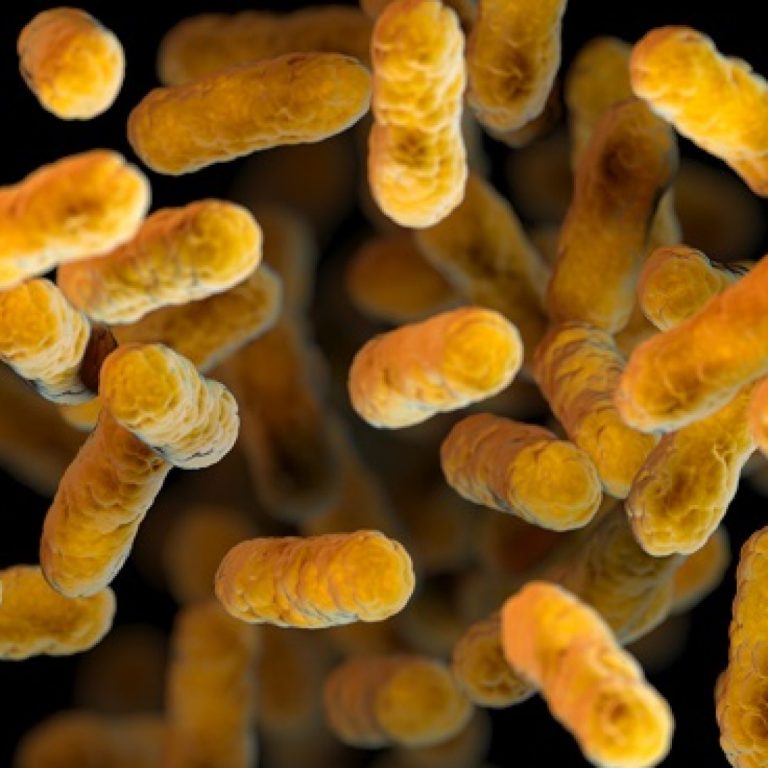
In 1915, Pertussis vaccine, a suspension of inactivated Bordetella pertussis cells, was licensed. Inactivated vaccines were prepared with…
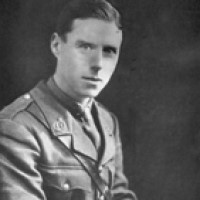
In 1914, Phages, or bacterial viruses, were discovered by Frederick Twort. He researched Johne’s disease, a chronic intestinal…

In 1913, for the first time ever, a virus (vaccinia) was grown in cell culture, and then in…
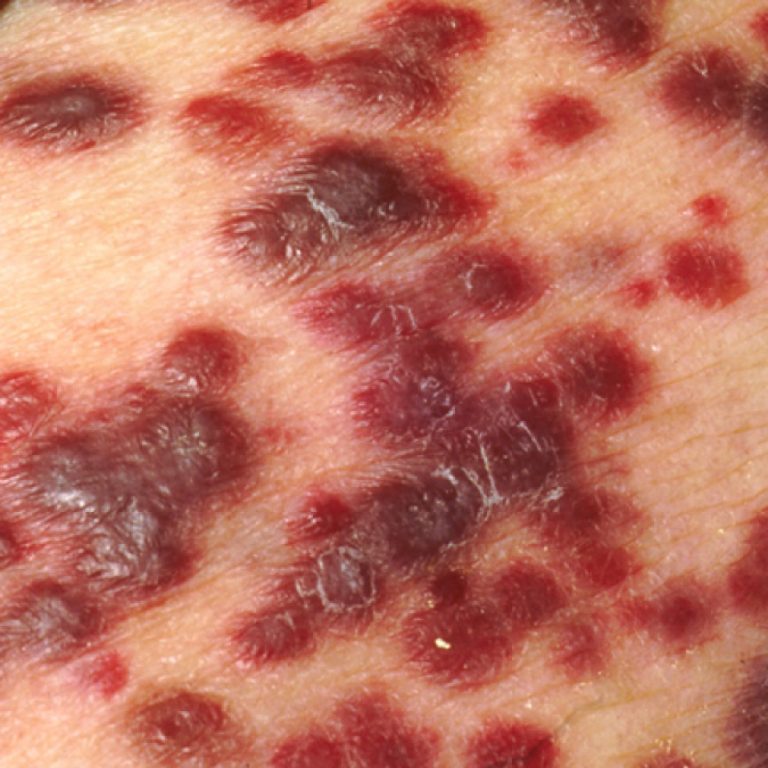
In 1911, Pathologist Peyton Rous reported a virus that causes cancer in chickens (Rous sarcoma virus) that opened…
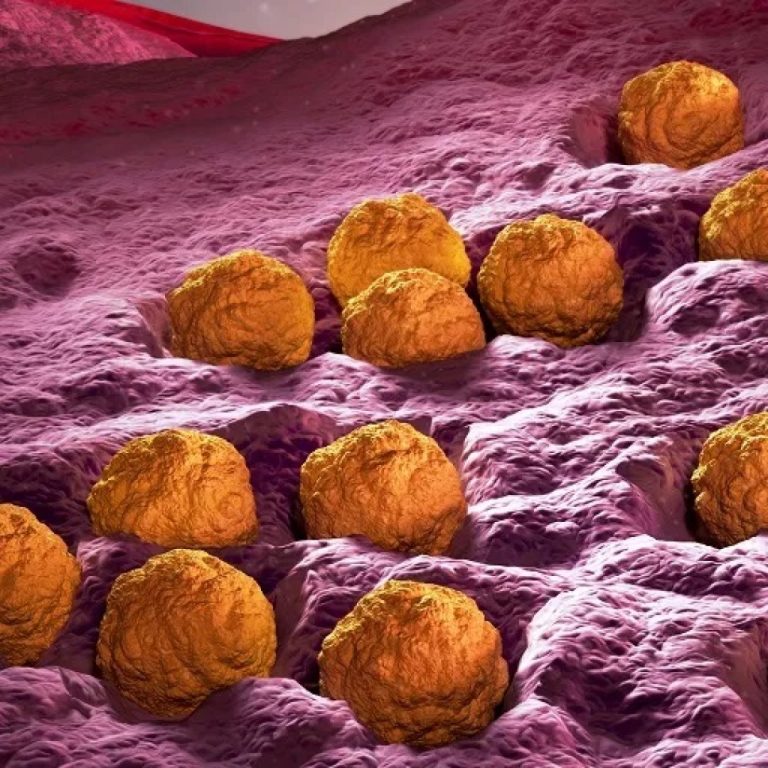
In 1911, John F. Anderson and Joseph Goldberger first transmitted measles (rubeola) to monkeys by contact Their study…
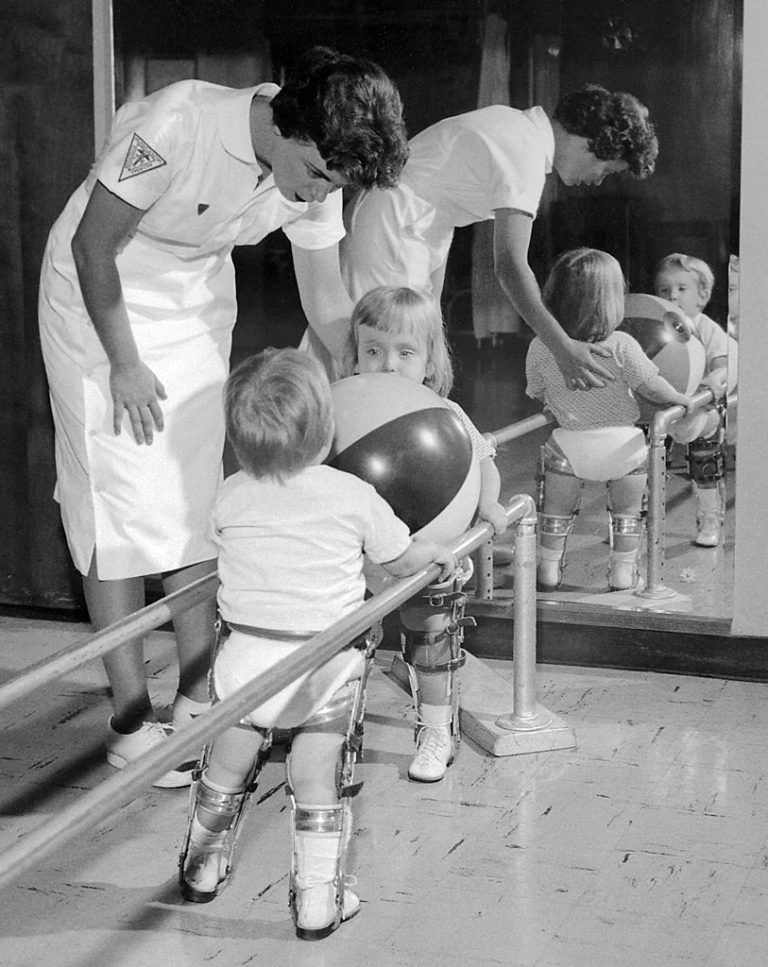
In 1908, Dr. Karl Landsteiner at the University Department of Pathological Anatomy in Vienna discovered that the cause…
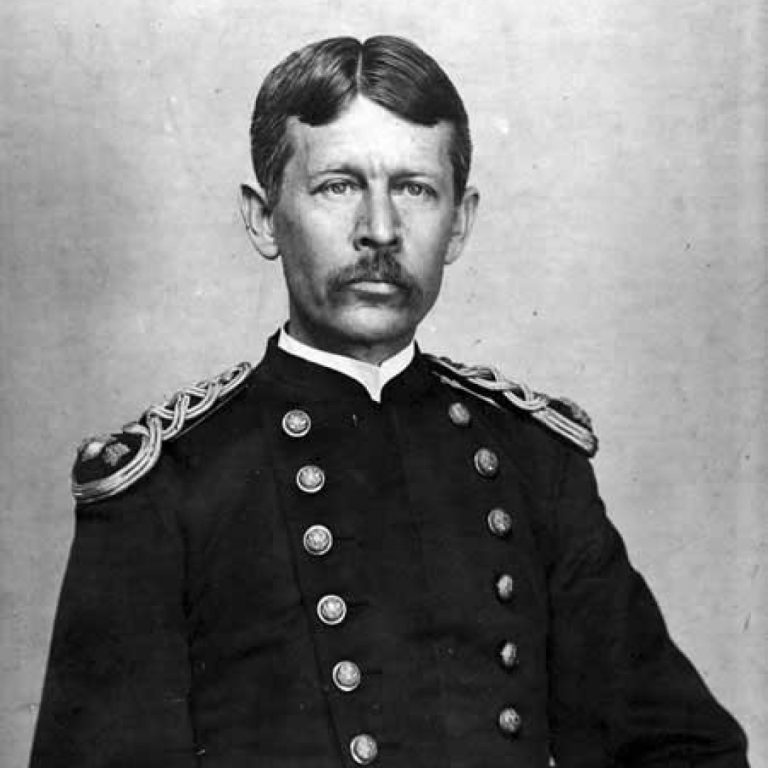
In 1900, american military surgeon Walter Reed discovered that a virus causes yellow fever, a mosquito-borne hemmorrhagic disease…
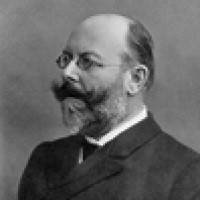
In 1899, German scientists Friedrich Loffler and Paul Frosch discovered that foot-and-mouth disease which affects cattle, swine, sheep,…
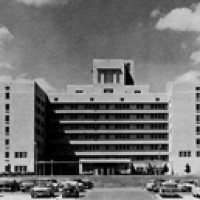
In 1883, the first vaccine-virus laboratory in the U.S. was established at the University of Missouri veterinary science…